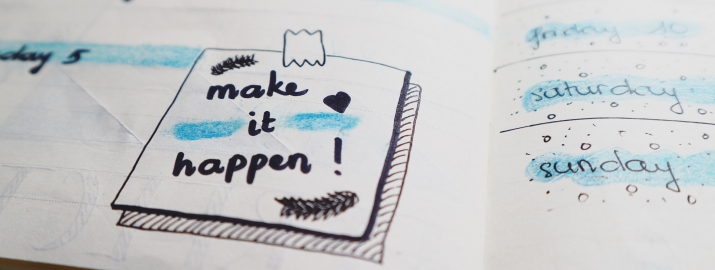
How To Create a Daily Schedule: Guide for Remote Workers
Table of Contents
We’ve all been there. You wake up in the morning, completely unprepared for the day ahead. You try to piece together a plan to start working, but you’re already behind by lunchtime, and your day is a mess. If this sounds familiar, don’t worry, you’re not alone. A lot of us struggle to stay organized during the workday.
But it doesn’t have to be that way. By creating a daily schedule, you can structure your day so that you’re more productive and less stressed out. In this blog post, we’re going to show you how to create a daily schedule that works for you and make the most of your time. So let’s get started!
What Is the Importance of Creating a Daily Schedule?
Having a daily routine is important for everyone, whether they are working remotely or not. For remote workers, it can be especially helpful to create a schedule and stick to it as closely as possible. This helps to ensure that you are productive and you maximize your time. It may help you stay focused and on track. When you have specific tasks to complete and a time frame to complete them, it can be easier to stay concentrated and avoid distractions.
In addition, it can help eliminate guesswork. When you know what you're supposed to be doing each day, there's less chance of wasting time or energy figuring out what needs to be done. Moreover, you’ll have a sense of routine and stability. Having a set routine can make remote workers feel more like regular workers and can help reduce feelings of isolation or loneliness.
Tips To Create Daily Schedule
Below are some practical and efficient tips to help you create a daily schedule:
1. List it out
Making a list of tasks for your daily schedule is important for a number of reasons:
- It’ll help you to stay organized and focused on what needs to be done.
- It allows you to see at a glance what upcoming deadlines or commitments you have so that you can plan accordingly.
- It gives you a sense of accomplishment as you check off each task that you complete.
A list also reminds you of what still needs to be done so that you don’t forget anything important.
How you create your list is up to you. Some people prefer paper and pen, while others prefer using digital tools like Trello or Evernote. You may also use post-its to list down tasks and keep a check on deadlines. Another great option is to use a whiteboard to write all the tasks as per their priority. This way, you won’t miss any important task with an early deadline.

2. Structure your day
There’s no one-size-fits-all, as the best way to structure your day depends on your own personal preferences and working habits. However, you may use some general tips on how to achieve maximum productivity when working remotely:
Get up early: One of the biggest benefits of working remotely is that you can work from anywhere in the world. So, you can take advantage of different time zones to get more done. If you’re able to begin your day early, you can take advantage of the quiet hours when most people are still asleep.
Plan your day: It is ideal to start your day with a plan. Before you start working, take a few minutes to plan out what you hope to accomplish that day. This will let you remain focused and avoid getting sidetracked. Besides, have a plan for the morning, midday, and evening and how much you should accomplish as per your workload.
Take breaks: It’s essential to take breaks throughout the day, both for your mental health and for your productivity levels. Moreover, it boosts productivity and prevents you from getting lethargic while working.
3. Set your priorities
One of the great benefits of working remotely is that you can easily customize your workday to fit your specific needs and preferences. This flexibility can be a huge asset when it comes to prioritizing work, as it allows you to maximize your productivity by taking advantage of your strengths and avoiding tasks that don’t fit well with your natural workflow.
Figure out what works best for you. Some are morning people and may prefer to get their most difficult tasks out of the way early in the day. While others prefer to save the tougher assignments for later in the day when they have a bit more energy.

4. Avoid multitasking
You should avoid multitasking as a remote worker because it can lead to decreased productivity and poorer work quality. When you try to do multiple things at once, your brain has to switch back and forth between tasks. This reduces your efficiency and cognitive performance. In addition, multitasking can lead to mistakes and missed deadlines.
So if you want to be productive and produce high-quality work as a remote worker, it's best to avoid multitasking. Instead, you should focus on one important task at a time and take breaks regularly to prevent burnout.
5. Say no to distractions
As a remote worker, it can be easy to get distracted by things around your home. To avoid this, try to set up a dedicated workspace in a quiet area of your house. If you don’t have an extra room, consider setting up a space in your basement or attic. Make sure to remove any distractions from this area, such as televisions or other gadgets.
Another helpful tip is to schedule breaks throughout the day for yourself. Stepping away from work for even five minutes can help refresh your mind and refocus your attention. During these breaks, you may take a walk, make yourself a healthy snack, or meditate.
Finally, try to stay off social media during work hours as much as possible. You may not realize it, but your phone can serve as a massive distraction. Use “do not disturb mode” and limit your phone use.

